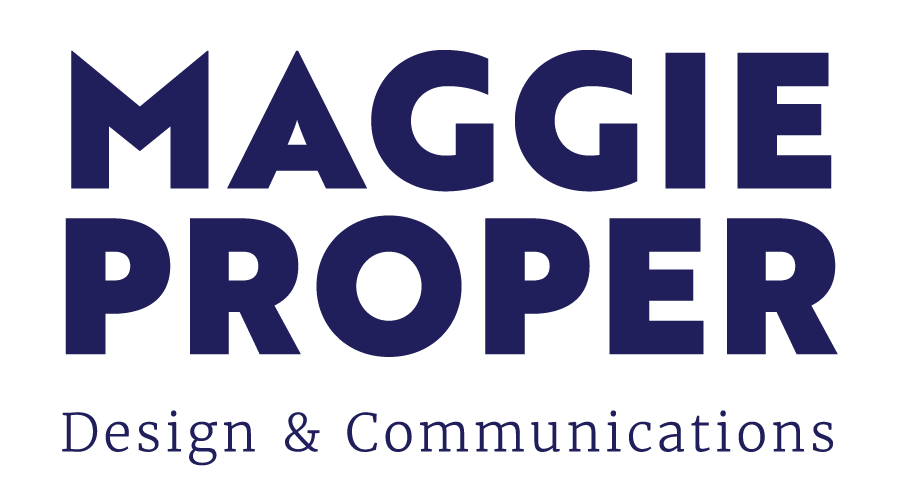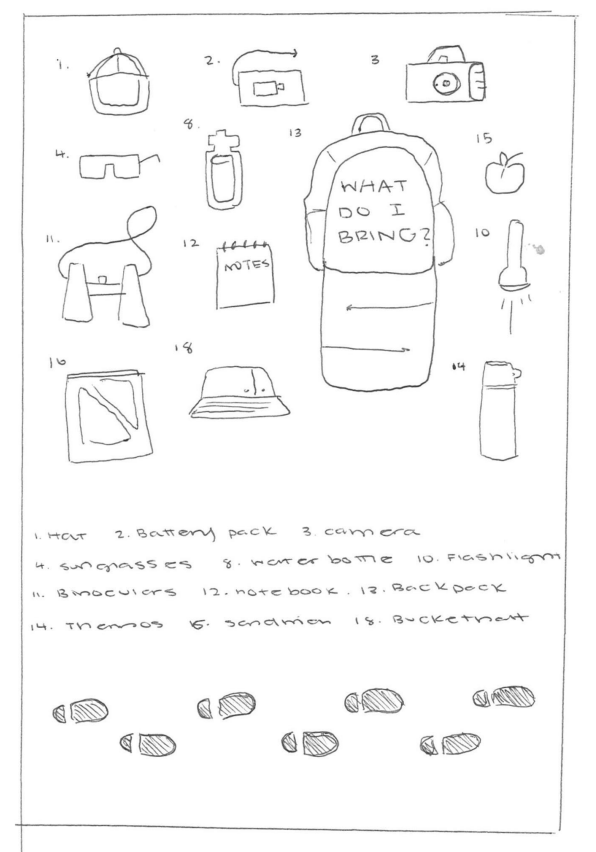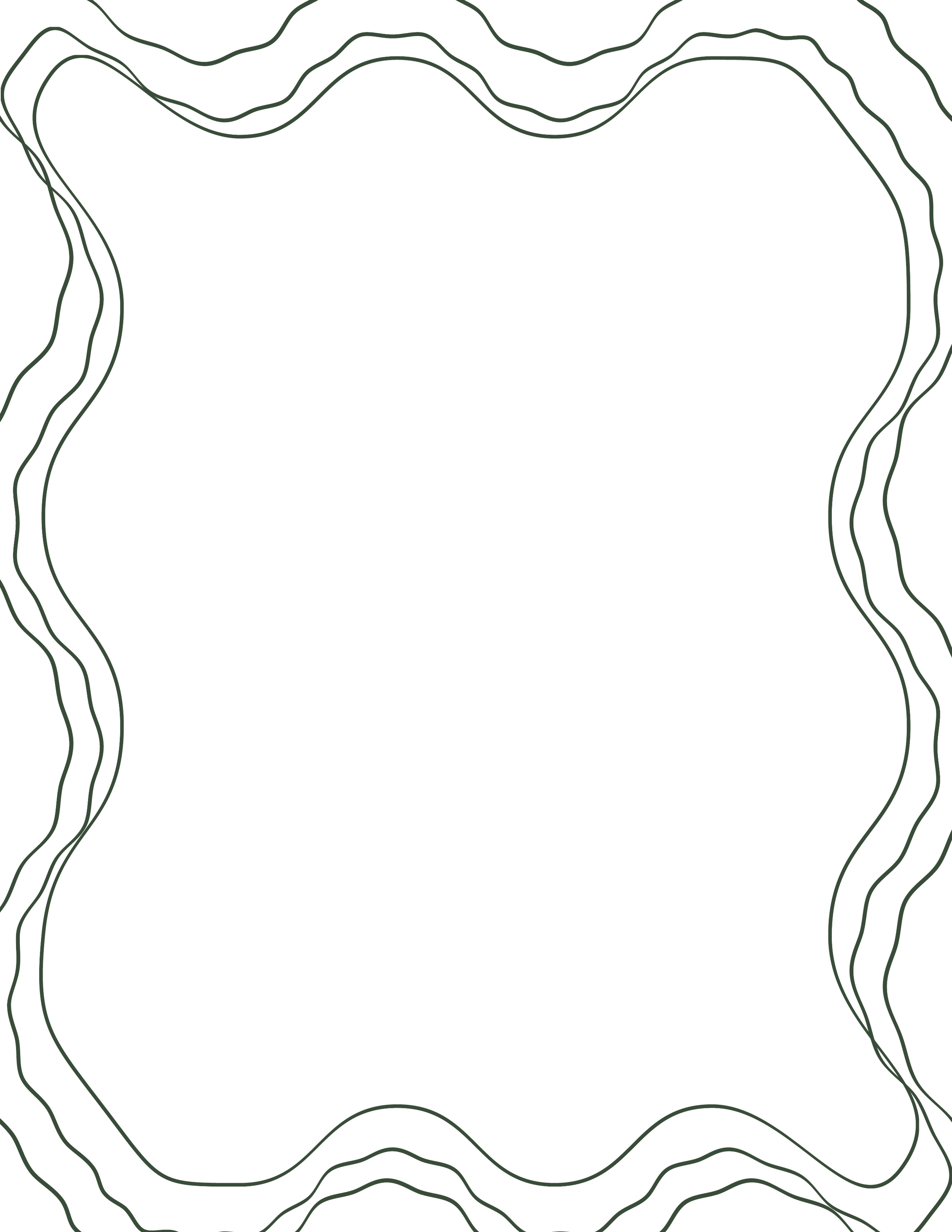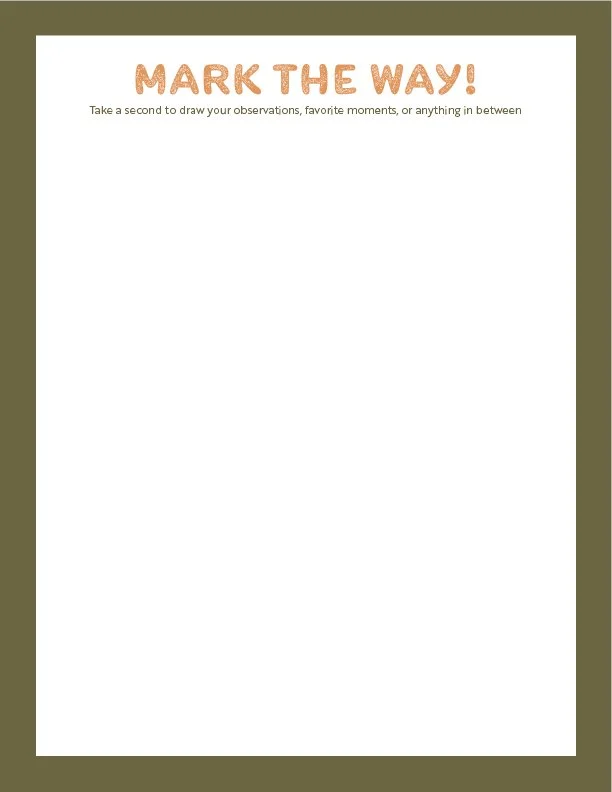TrailBound: Hiking Journal
The Project
Role: Product Designer & Researcher
Project Type: Digital Product Development
Tools: Illustrator, Indesign, Photoshop
Timeline: September 2025
TrailBound is a guided hiking log journal created for nature enthusiasts who want to slow down, reflect, and reconnect with the outdoors. Built for hikers who crave a balance between adventure and mindfulness, it helps capture both the physical details of their trails and the emotional stories behind them, without feeling like another task to complete.
The journal features trail log pages, reflection and goal sections, creative spaces for drawing, sticker pages, and more. All within a collective space, TrailBound invites people to slow down, notice their surroundings, and find clarity through nature.
Problem
These were a few of the comments that came up again and again when I spoke with student hikers and outdoor enthusiasts. Many people loved the idea of documenting their adventures but felt uninspired by the options available to them. Traditional hiking logs focused on metrics like distance, terrain, and elevation; helpful, but impersonal. On the other hand, blank notebooks often felt overwhelming, with no guidance on how to start or what to reflect on.
Those pain points revealed a clear emotional gap: people didn’t just want to record their hikes; they wanted to remember the, to preserve the moments that made each trip meaningful. One hiker told me that journaling “felt like homework” because the formats they’d tried lacked creativity or flexibility. Another said they wished they had a way to capture not just the data, but “the feeling of reaching the summit.”
These insights inspired me to design something that blended both worlds: a structured guide with space for creativity. I realized hikers needed a journal that gave them just enough direction to stay consistent while still allowing room for self-expression. That understanding became the foundation for TrailBound — a product built to make reflection feel natural and personal.
-
“After a hike, I forget the little details, what I saw, how it felt.”
-
“I want to track my hikes, but most journals are too technical or plain.”
-
“I wish there was a creative way to make my hiking memories feel personal.”
My Approach
The insight was clear: people wanted something that felt less like data entry and more like storytelling. From there, I focused on building a hybrid between a trail log and a creative space. I began by sketching initial pages that I knew would be the main components of the journal; Trail Log Page, Reflection/ Goal Spaces and Creative Spaces. With a system of repeatable prompts that users could adapt to any hiking experience, the design evolved through three iterations based on feedback from viewers.
Trail Log Page: Help users record hike details like location, terrain, and moments of joy right after their trek.
Initial Sketch
Initial Sketch
Initial Sketch
First Ideation
Final Design
Reflection/ Goal Spaces: Make it easier for the journalist to connect outdoor experiences with personal growth.
First Ideation
First Ideation
Final Design
Creative Spaces: Encourage drawing, collaging, or adding photos from hikes.
Final Design
Inside the Product
Adding National Park Trivia pages was one of the most interactive parts of the design. I wanted to weave in a fun, educational layer that could inspire users to learn more about the places they visit. Each trivia question focuses on Southwestern parks, blending adventure with knowledge. It also adds a social element, perfect for hiking groups or families who might use the journal together.
To complement that, I created Sticker Pages featuring hand-designed labels of national parks like Zion, Arches, and Grand Canyon. Users can paste them in when they visit a destination or use blank spaces to draw their own. This small detail adds collectability, transforming TrailBound into a living scrapbook of memories rather than a static notebook.
The Introduction and “What to Know” pages welcome users into the product with a conversational, encouraging tone. This section sets the mood for the entire journal: down-to-earth, flexible, and personal. Instead of overwhelming users with instructions, it provides light guidance — suggesting tools like pens, tape, or sticky notes — and reminds them that journaling doesn’t have to be perfect. The advice page (“you don’t need all the fancy stuff”) was intentionally designed to lower the pressure and invite creative freedom from the start.
The Road Trip spread is set to expand on that storytelling energy. They’re designed for hikers who explore multiple destinations or plan larger trips. Users can map routes, highlight bucket-list parks, and even note observations or lessons from the road.
Sales Hero
Results
TrailBound launched as a digital download on my online shop just four days before this case study was written, making it a very fresh release. In that short time, it’s already begun to gain organic traction among students, hikers, and nature enthusiasts who resonate with its message of mindful exploration. Within the first four days, the store page received just over 45 site visits, resulting in 6 downloads and several positive comments from friends and peers who purchased or previewed the journal.
Although modest, these early numbers reflect genuine curiosity and engagement. Most traffic came from word of mouth and a few shares on social media, suggesting that the visual presentation and approachable tone of the landing page are doing their job in attracting the right audience.
-
Riley Seaburg
-
Joshua Duval
Moving Forward
While TrailBound’s launch has been rewarding, I see plenty of opportunity to continue evolving it into a more immersive and accessible experience, including:
Test a printed version: since most users have interacted with it digitally so far, I’m curious how a tangible format might deepen engagement, whether it’s the tactile satisfaction of flipping through pages after a hike, or the sense of accomplishment that comes from seeing entries fill up over time. Printing also opens the door to experimenting with materials, paper textures, and finishes that could make the journal feel even more connected to the outdoors it’s inspired by.
Developing a light digital companion: possibly a mobile add-on where users can log quick notes or upload photos in the moment, then transfer them into their physical journal later. Many early users mentioned that they jot ideas in their phone before transferring them later, so integrating this step could make the process feel more seamless. This wouldn’t replace the analog experience but rather enhance it, giving hikers flexibility while preserving TrailBound’s creative spirit.
Expand the sticker and trivia collections: Possibly introducing new regional editions; like Pacific Northwest or Northeast park series, to invite users to collect and personalize multiple versions. Incorporating QR codes that link to park information, playlists, or reflection prompts could further connect users’ journaling to real-world exploration.
Beyond the product itself, I’d like to refine the sales page and marketing strategy based on real audience data. As early visitors proved, the visual tone and copy are resonating, but optimizing layout and navigation could improve conversion rates. Small shifts, like showing more interior spreads, adding testimonials, or embedding a short product walkthrough video, would help communicate the journal’s depth to first-time viewers.
Overall, TrailBound has been both a design project and a personal reflection on slowing down and finding meaning in small moments. It started as an idea to make hiking logs more human and evolved into a creative system that celebrates curiosity and mindfulness. Even in its early stages, it’s already begun connecting with people. Moving forward, I see TrailBound not just as a product, but as a growing practice.

















